
© CRAIG HASTINGS / GETTY IMAGESThe ancient Andes we all recognise: Machu Picchu in Peru.
An international team has conducted what it says is the first in-depth, wide-scale study of the genomic history of ancient civilisations in the central Andes mountains and coast before European contact.
The
findings, published in the journal
Cell,
reveal early genetic distinctions between groups in nearby regions, population mixing within and beyond the Andes, surprising genetic continuity amid cultural upheaval, and ancestral cosmopolitanism among some of the region's most well-known ancient civilizations.Led by Harvard Medical School and the University of California, Santa Cruz, the study team was drawn from a number of disciplines and countries, including Argentina, Australia, Bolivia, Chile, Germany, Peru, the UK and the US.
Together they analysed genome-wide data from 89 individuals who lived between 500 and 9000 years ago. Of these, 64 genomes, ranging from 500 to 4500 years old, were newly sequenced - more than doubling the number of ancient individuals with genome-wide data from South America.
Their analysis included representatives of civilisations in the Andes from whom no genome-wide data had been reported before, including the Moche, Nasca, Wari, Tiwanaku and Inca.
And it represents "a major step toward redressing the global imbalance in ancient DNA data", according to Harvard's David Reich, a professor of genetics.
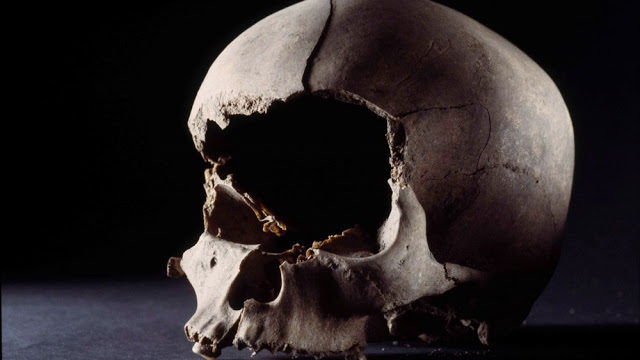


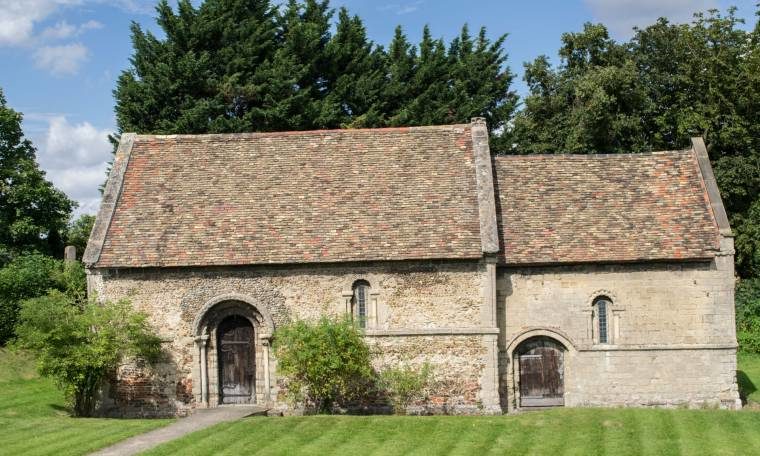
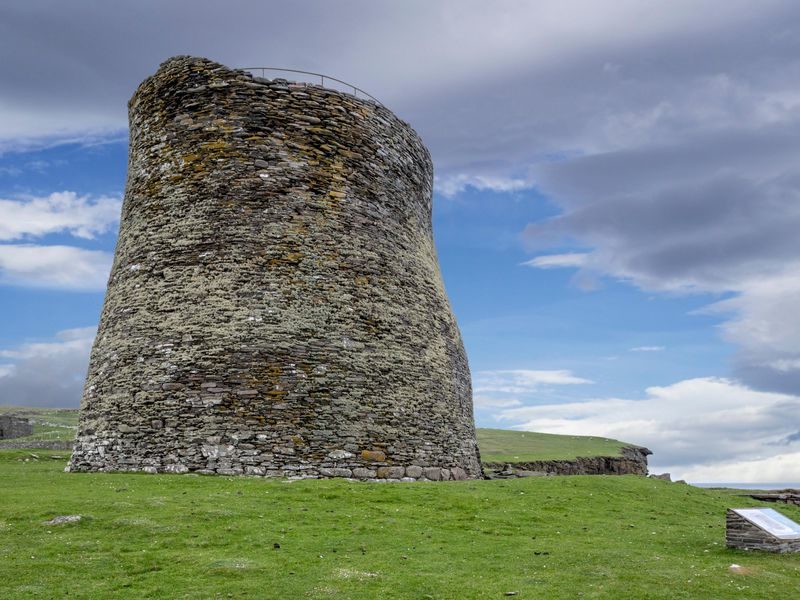
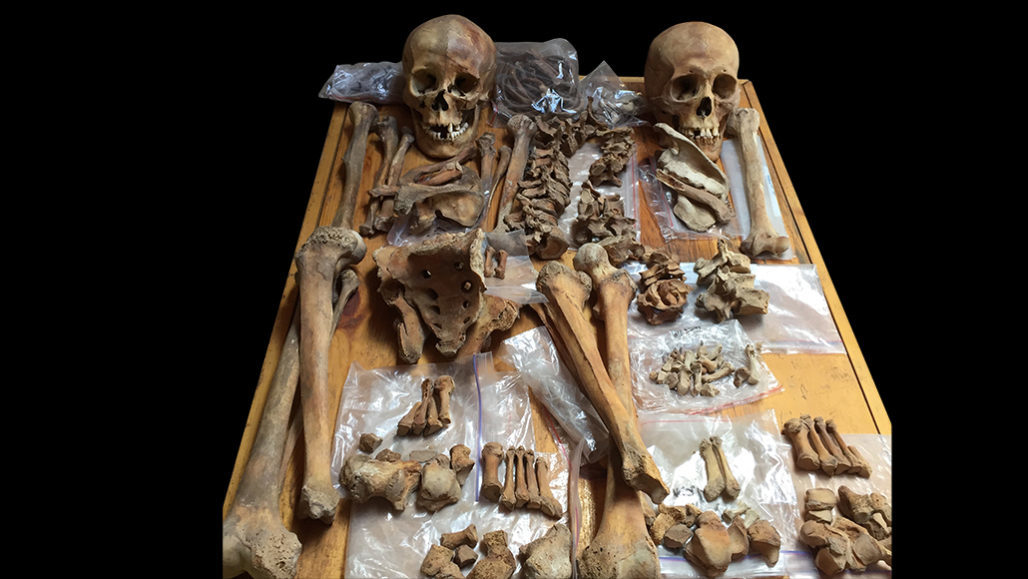
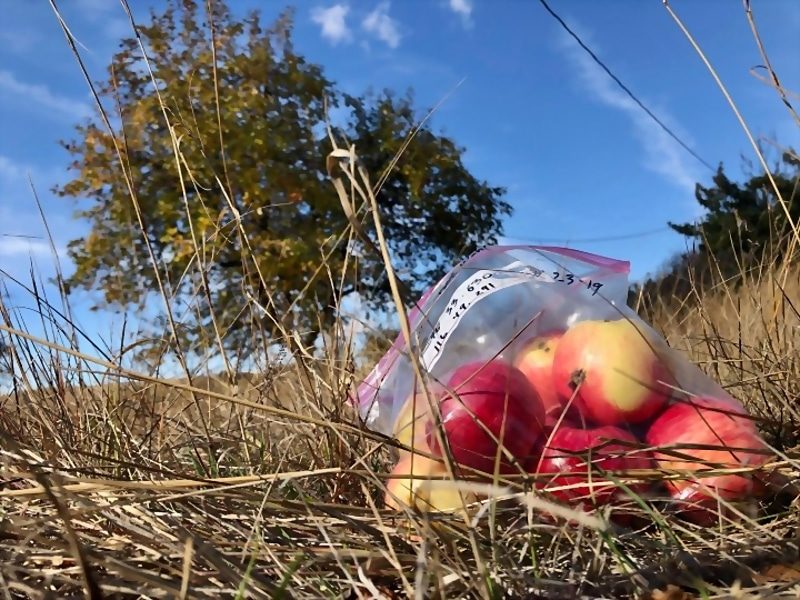
Comment: While the burial rituals aren't entirely clear from the findings, it's notable that at Çatalhöyük, a community that thrived in Turkey 9,000 years ago, burials were also kept close to home: See also: